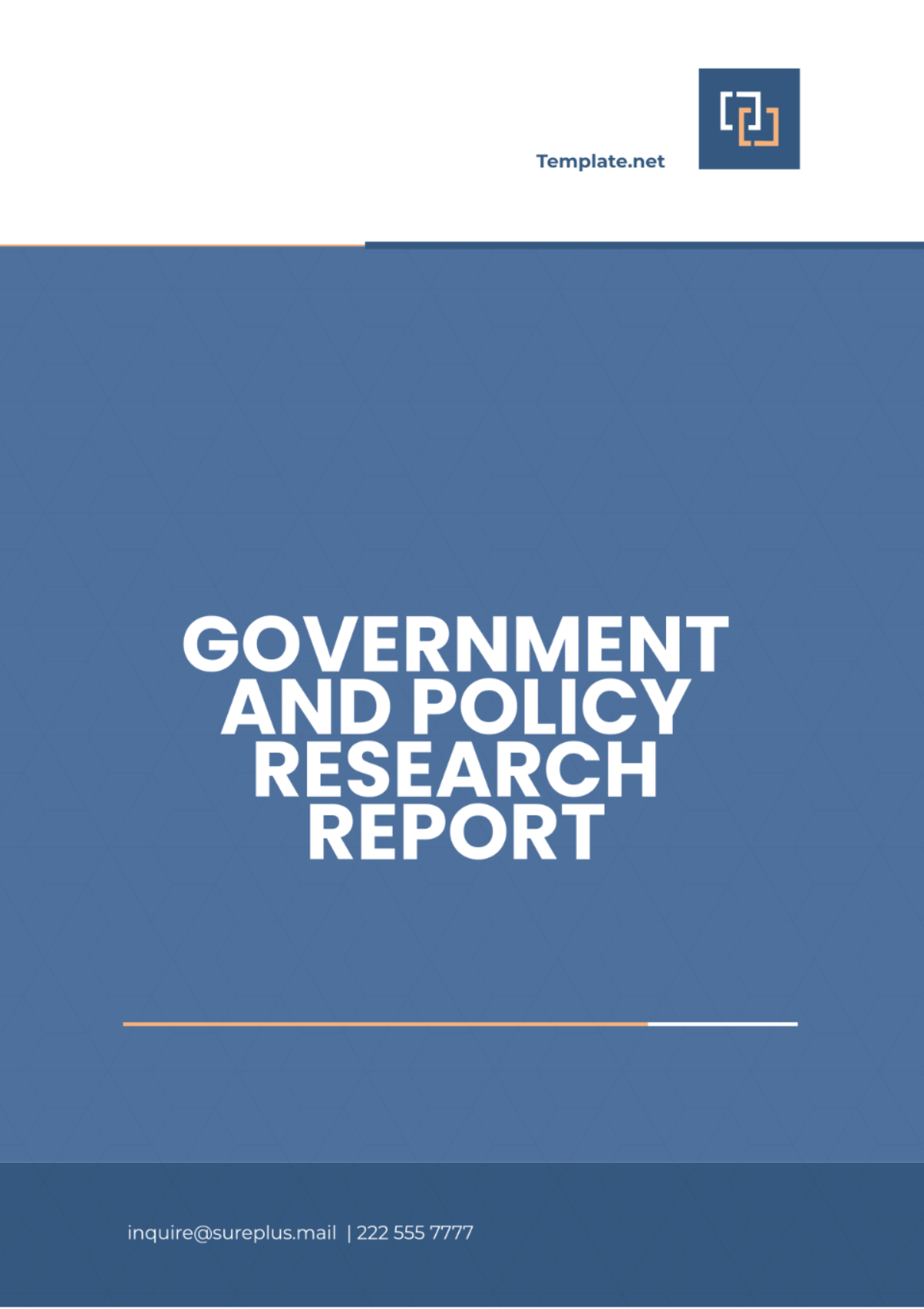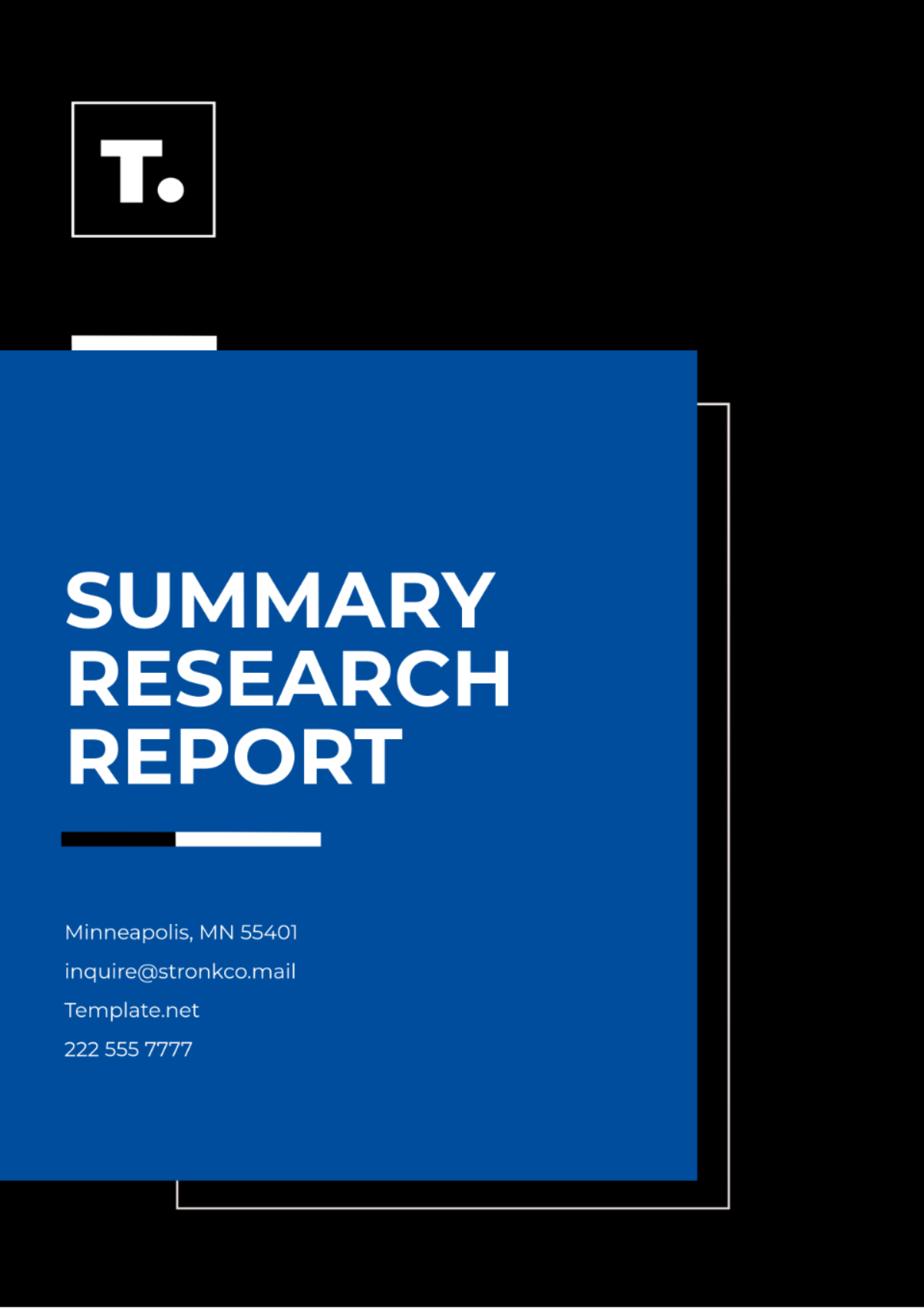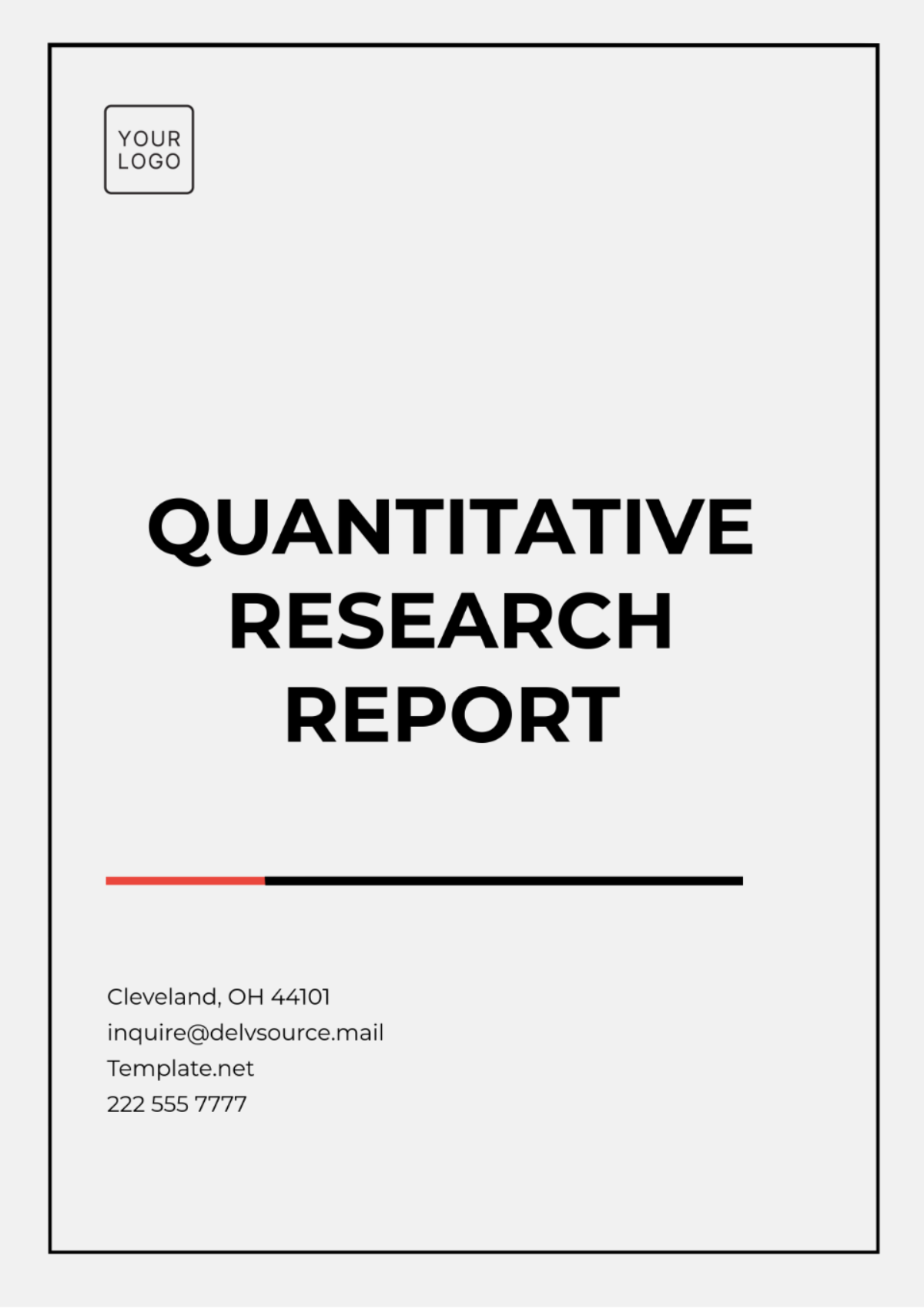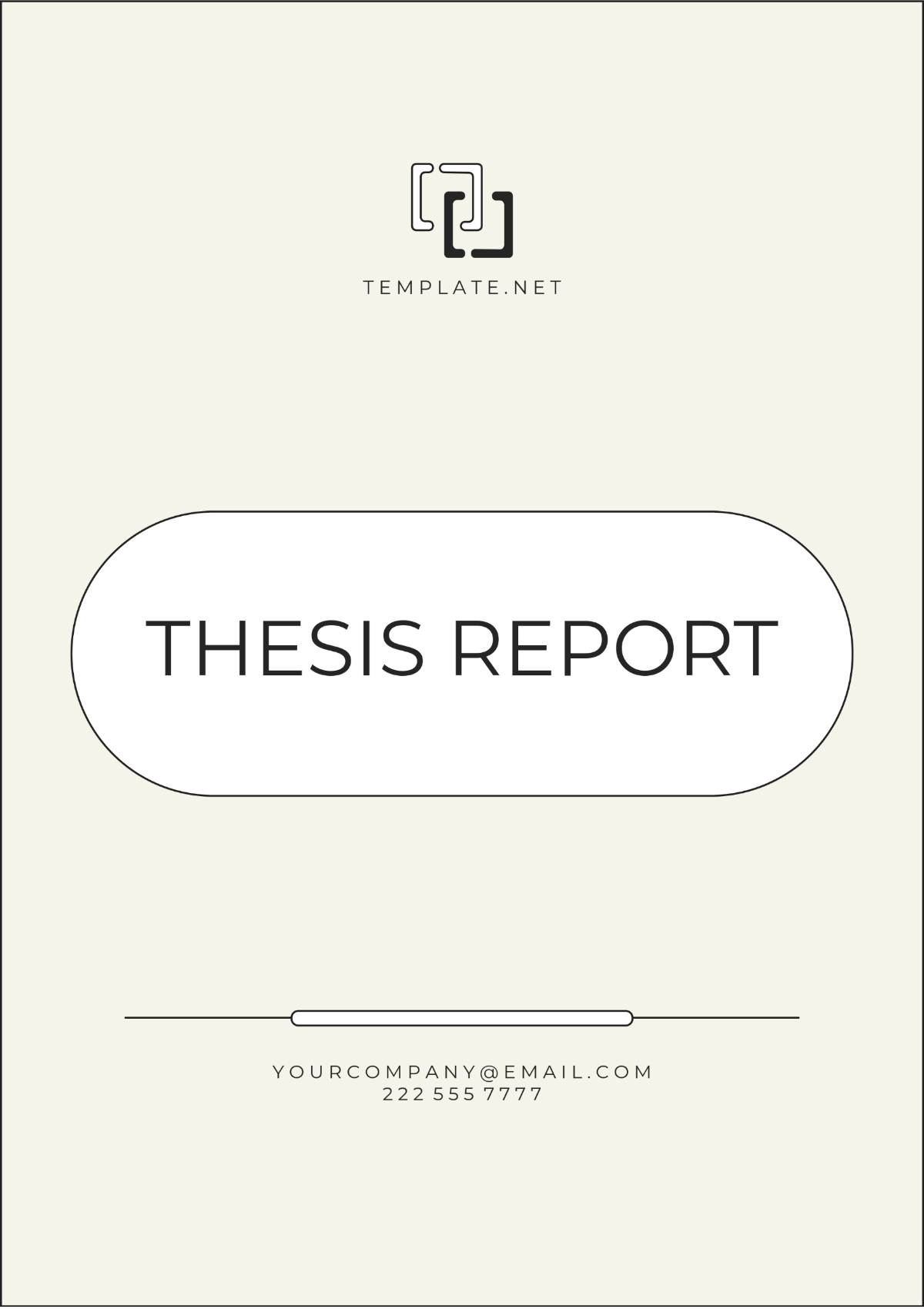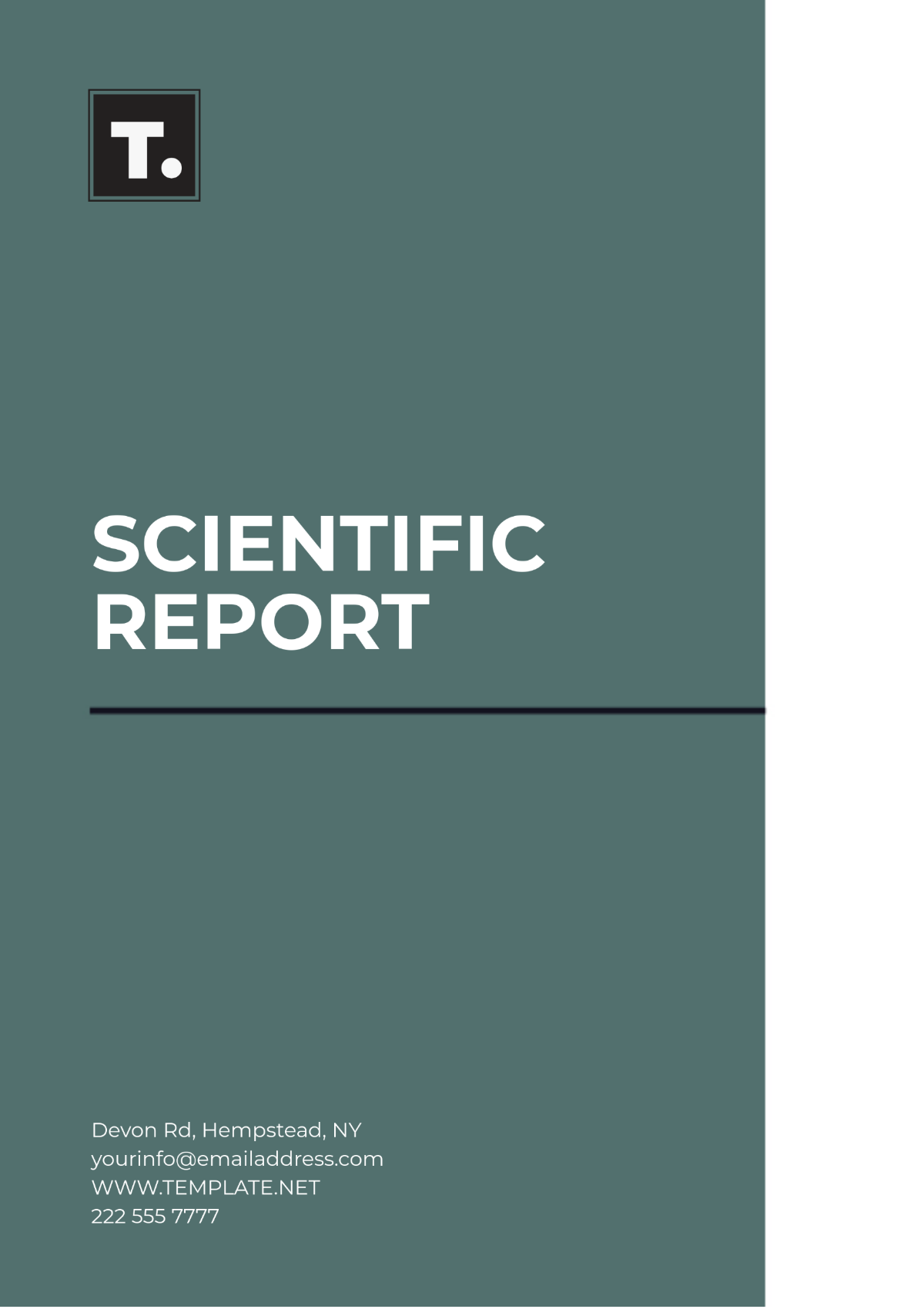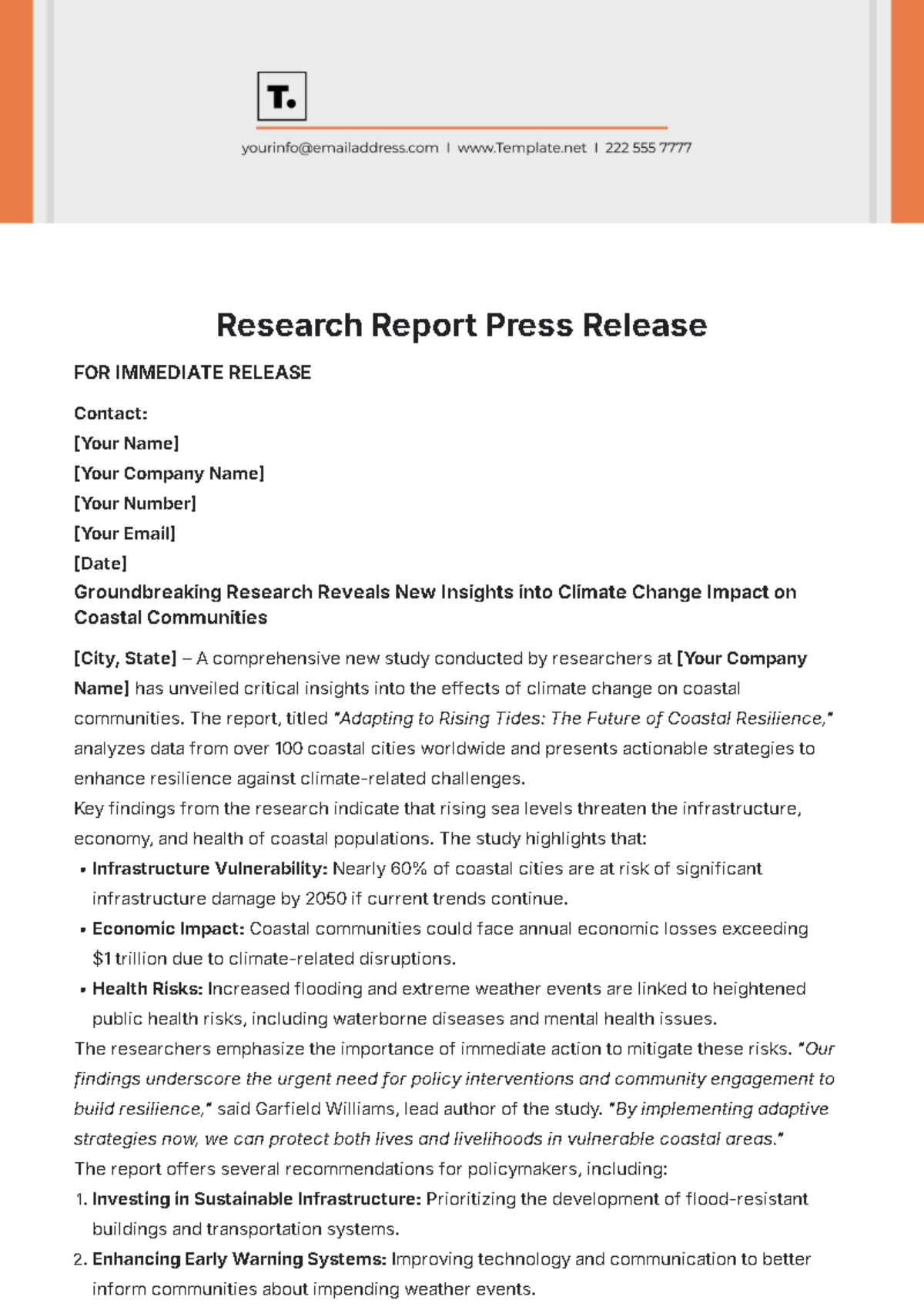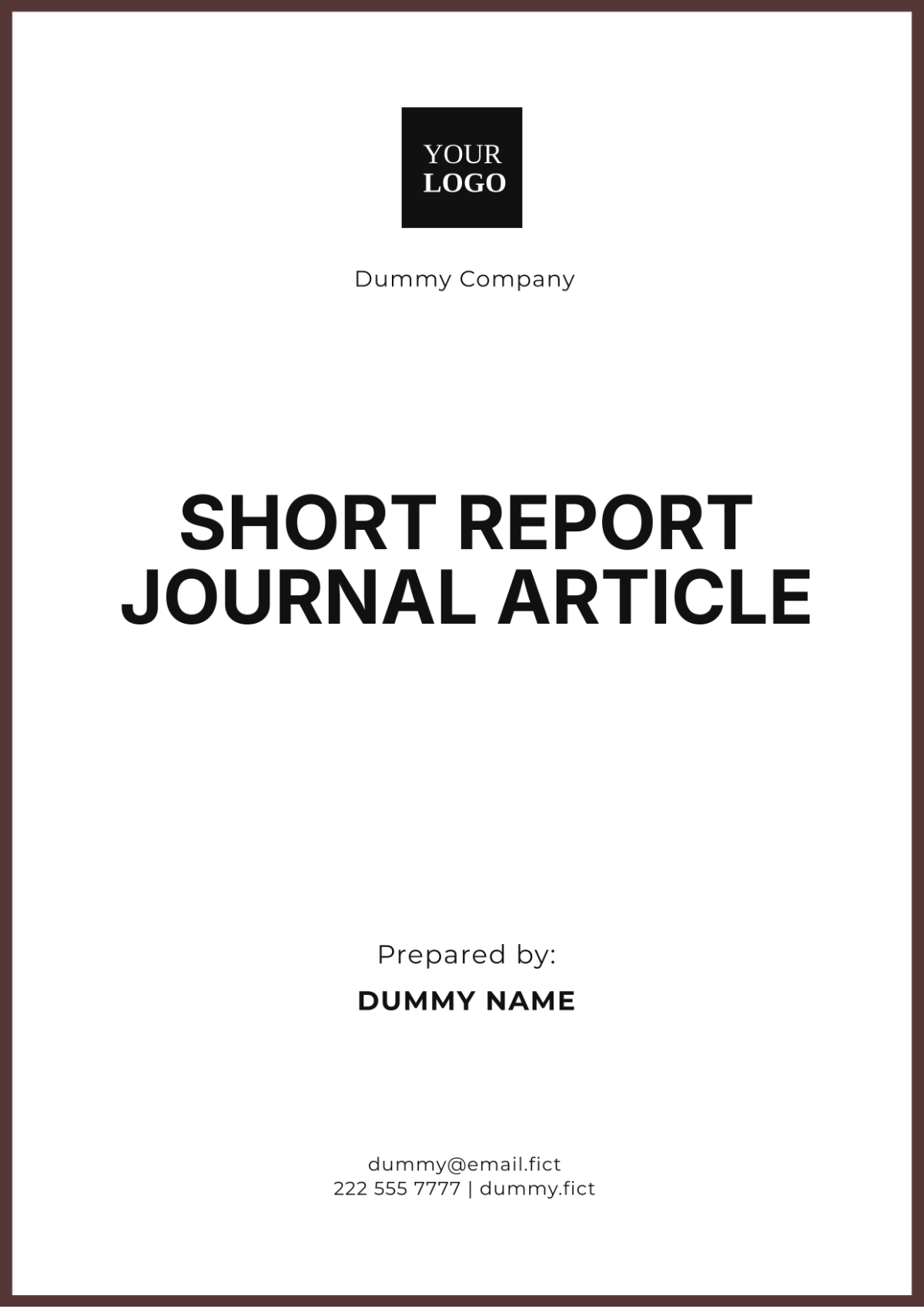Research Report Executive Summary
Summarized By: [YOUR NAME]
Introduction
Renewable energy sources have emerged as pivotal players in reshaping [COUNTRY] energy markets, driven by technological advancements, environmental concerns, and regulatory incentives. This executive summary provides a concise overview of the transformative impact of renewable energy on the global energy landscape, highlighting key trends, challenges, and opportunities for stakeholders and decision-makers.
Key Findings:
Rapid Growth of Renewable Energy Capacity:
Over the past decade, there has been a significant surge in renewable energy capacity installations worldwide, with solar and wind energy leading the charge.
According to [SOURCE], global renewable energy capacity reached capacity in year, representing a [PERCENTAGE] increase from the previous year.
Decreasing Costs and Improved Efficiency:
Technological advancements and economies of scale have contributed to a substantial reduction in the cost of renewable energy generation.
The cost of solar photovoltaic (PV) and wind energy has declined by [PERCENTAGE] and [PERCENTAGE], respectively, over the past five years [SOURCE].
Impact on Energy Markets:
The growing penetration of renewable energy sources is reshaping traditional energy markets, leading to greater diversification and decentralization of energy supply.
Renewable energy technologies are increasingly becoming cost-competitive with conventional fossil fuels, driving a shift towards a more sustainable and resilient energy infrastructure.
Policy Support and Regulatory Frameworks:
Government policies and regulatory frameworks play a crucial role in incentivizing the adoption of renewable energy technologies.
Initiatives such as renewable energy targets, feed-in tariffs, and carbon pricing mechanisms have stimulated investment in clean energy projects and fostered market growth.
Challenges and Opportunities:
Intermittency and Grid Integration:
The intermittent nature of renewable energy [SOURCE] poses challenges for grid stability and integration.
Advances in energy storage technologies and grid management solutions offer opportunities to mitigate intermittency issues and enhance the flexibility of renewable energy deployment.
Investment and Financing:
Despite the declining costs of renewable energy, access to affordable financing remains a barrier to widespread adoption, particularly in developing regions.
Innovative financing mechanisms, such as green bonds and public-private partnerships, can unlock investment opportunities and accelerate renewable energy deployment.
Geopolitical Dynamics:
The transition to renewable energy may impact geopolitical dynamics, as countries seek to secure access to critical resources and technologies.
International cooperation and strategic partnerships are essential to address geopolitical challenges and ensure a smooth transition towards a sustainable energy future.
Conclusion:
The rise of renewable energy represents a paradigm shift in global energy markets, offering substantial environmental, economic, and social benefits. However, realizing the full potential of renewable energy requires concerted efforts from governments, businesses, and civil society to address technical, financial, and policy challenges. By embracing innovation and collaboration, stakeholders can drive the transition towards a cleaner, more resilient energy system that fosters prosperity and sustainability for future generations.




